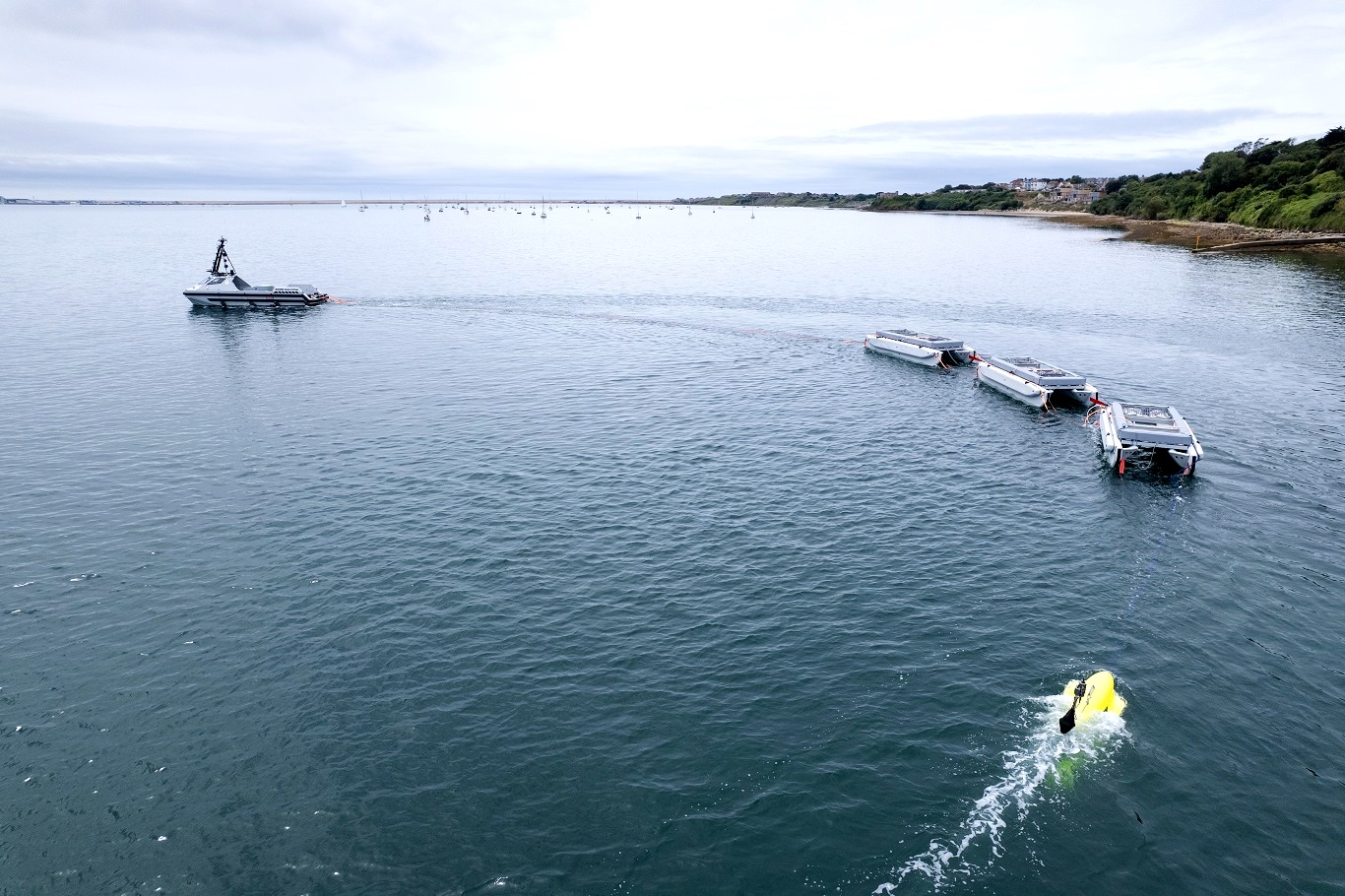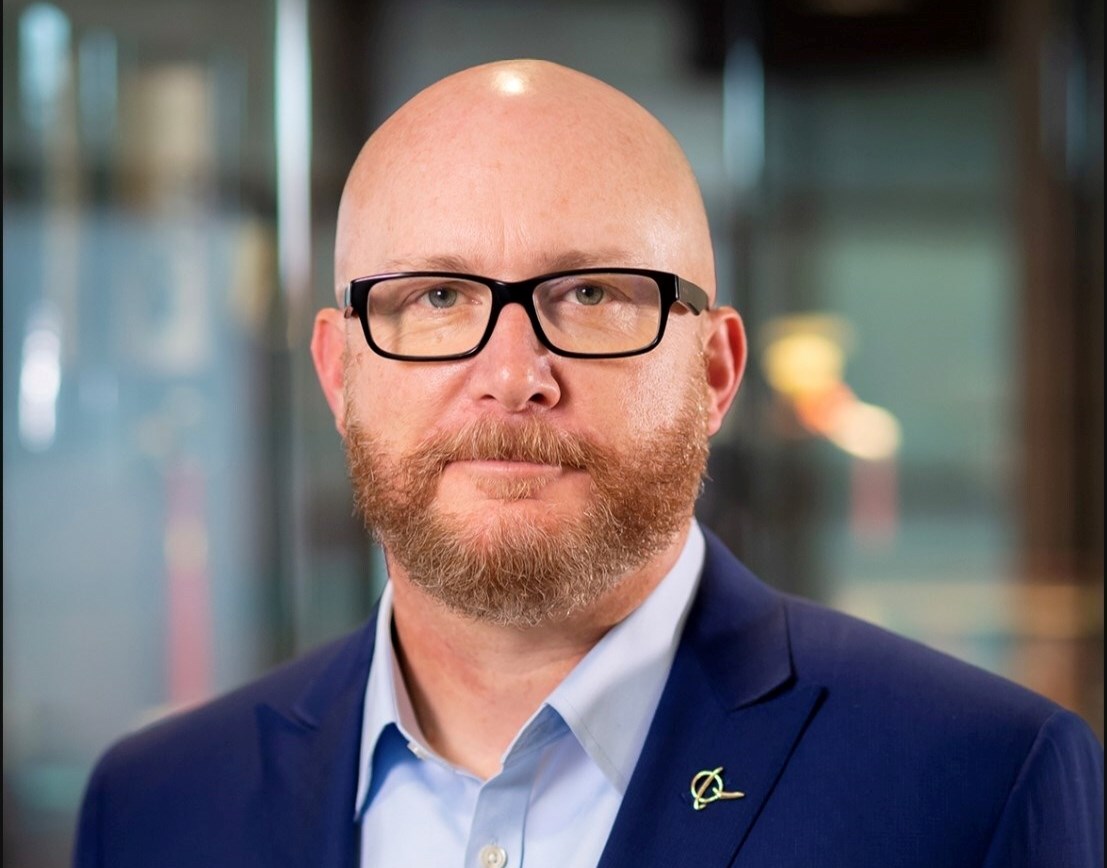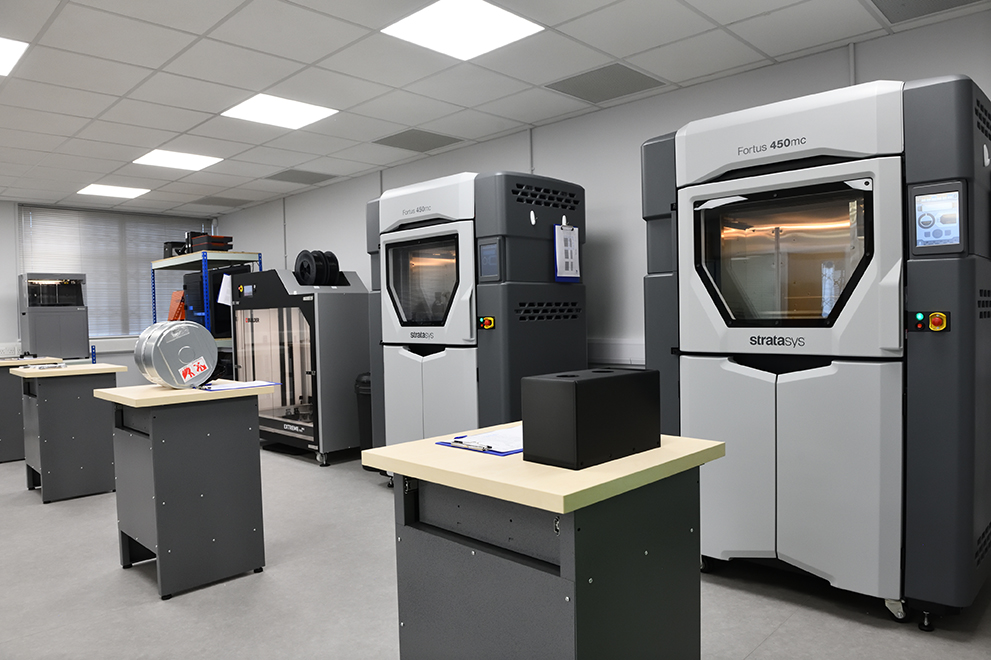GE delivers final propulsion motors for UK Aircraft Carriers
The two vessels, the Queen Elizabeth and the Prince of Wales, each with a length of 280 metres and a displacement of 65,000 tons, will be the largest warships in the world to use fully electric propulsion systems.
In 2008, the company won a contract to deliver the major elements of the Integrated Full Electric Propulsion (IFEP) systems for the new Queen Elizabeth class (QEC) carriers. The IFEP comprises all shipboard electrical power generation and propulsion systems and features GE’s Advanced Induction Motor (AIM) technology, which delivers increased fuel efficiency plus high levels of survivability.
“Building the two QEC carriers is the largest engineering project in the UK, behind only the Olympics,” said Jim Bennett, power & propulsion director of the Aircraft Carrier Alliance, which is building the ships. “The project team has pulled together to meet critical milestones. The on-time delivery of the 110-ton GE Advanced Induction Motors is a key element in the success of this massive undertaking.”
Fuel saving is a major driver for the IFEP design. According to the MoD, the 65,000-ton QE class warships, with their advanced propulsion system, are expected to consume no more fuel during typical routine operations than the much smaller (22,000 ton) predecessor CVS class carriers. Over their lifetime of 25 years or longer, the two QEC carriers will achieve significant economic, environmental and operational benefits including greatly improved autonomous operation.
In addition to meeting the ever-growing electrical needs of combat ships, the all-electrical power and propulsion approach improves ship survivability by decoupling the placement of the turbines and the generators from the propellers’ mechanical drive. Power generation and propulsion equipment is instead distributed across several independent compartments rather than concentrated into a single space or small number of spaces.
“The QEC’s propulsion system is consistent with a growing trend among the world’s leading navies to use GE’s electric propulsion technology,” said Paul English, marine vertical leader for GE Energy Management’s Power Conversion business. “They include the Royal Navy’s Type 23 frigates and Type 45 destroyers, the US Navy’s LDH8 and Zumwalt destroyers and the French Navy’s Mistral class, among others.”
The new QEC carriers will be the Royal Navy’s largest warships and the second largest aircraft carriers in the world, behind the US Navy’s Nimitz class carriers, and are the world’s first fully electrically propelled aircraft carriers.
The IFEP power and propulsion system for the QEC carriers is being designed and built under a Power and Propulsion sub-alliance that enables leading companies in their specific fields to provide the most cost-effective mechanism for system delivery. This innovative approach brings together expertise from Thales UK, GE Energy Management’s Power Conversion business, Rolls-Royce and L-3 Communications.
The aircraft carriers HMS Queen Elizabeth and HMS Prince of Wales are being delivered by the Aircraft Carrier Alliance, a unique partnering relationship between BAE Systems, Thales UK, Babcock and the UK Ministry of Defence.
GE acquired Converteam, now Power Conversion, in September 2011. GE Energy’s Power Conversion business applies the science and systems of power conversion to help drive electric transformation.



%20ACA%20-%20Copy.JPG)











